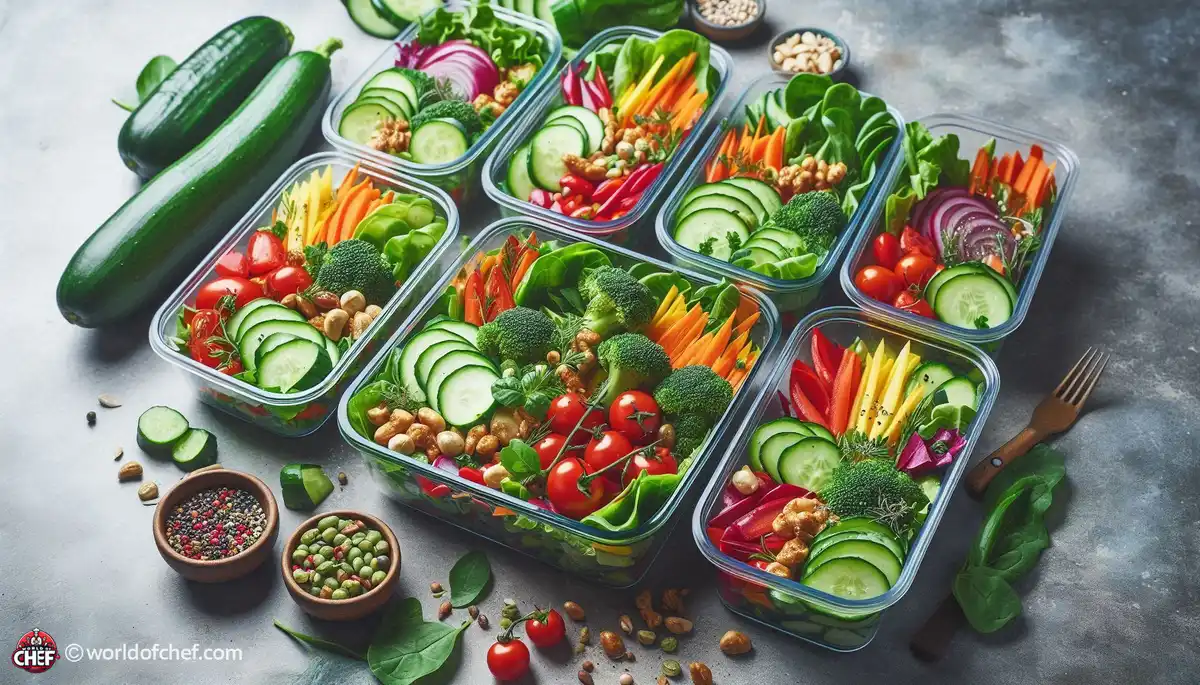
Vegan Salad Meal Prep: Tips and Tricks for Easy Weekday Lunches
Autumn Sparrow - Oct 6, 2024 - 6 min read

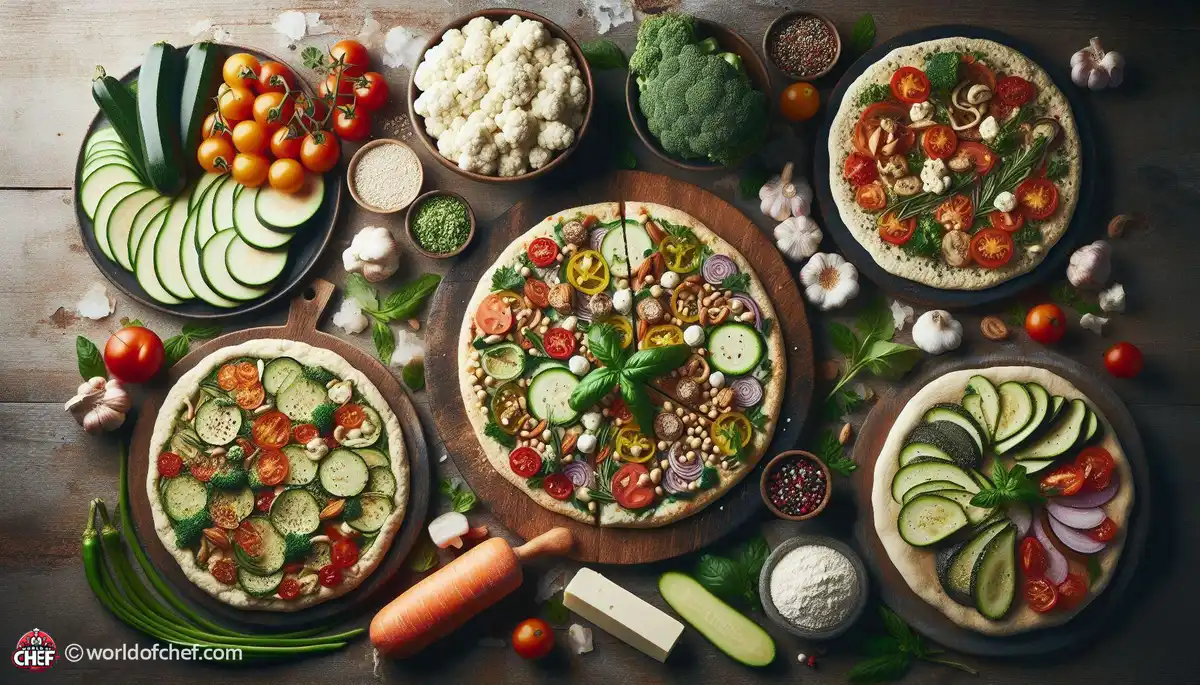
Veganism has grown from merely dietary preference to culture. Over time, more and more people have been living out their plant-based lifestyle from health, environmental, to ethical reasons, leaving most people still asking for and seeking vegan alternatives of more traditional dishes. A great number of homes love it, but for vegans, the most common challenge remains with the use of typical dough based on flour and water with the addition of yeast and, at times, dairy. Still, within the new wave of creativeness and innovation that seems to describe modern culinary contours, various options of pizza dough do exist that are vegan and might suit any pizza lover.
Any pizza's foundation begins with dough. The variety of flavors and textures found in any great pizza originate from a basic dough structure. There are simple, traditional recipes for dough. Unfortunately, many of those traditional dough recipes call for ingredients that come from animals and are thus unavailable to vegan consumers. Of course, an acceptable alternative is paramount, not only for providing vegan-friendly pizzas but for the overall taste, texture, and structure of the dough as well. Fortunately, with the kinds of ingredients available these days, Vegan Pizza dough can easily be as tasty and adaptable as the non-vegan counterpart.
Before knowing how to replicate this traditional pizza dough, there is much to understand regarding why such dough has come to be an iconic staple in the world. Conventionally, a good pizza dough comprises just four fundamental ingredients: flour, water, yeast, and salt. The flour gives it the structure, water activates the yeast and hydrates the dough, yeast acts as a leavening agent, and salt enhances the flavor. Some traditional recipes also add olive oil or sugar to give added richness or sweetness. When all these are combined, the dough produced is elastic, chewy, and slightly crispy in the perfectly baked pizza.
One of the most widely used healthier pizzas is dough made with whole wheat pizza, with high fiber levels and nutty taste. One can simply replace the dairy ingredients by adding plant-based alternatives like non-dairy milk or yogurt to come up with a vegan version of the same pizza. In this way, whole wheat flour can act as an excellent base for the dough, whereas adding olive oil will result in a softer crumb with rich taste. Herbs and spices like garlic powder, oregano, or basil might be added to enhance your vegan whole wheat pizza dough even more in terms of its flavor profile, hence becoming even more complex and deep.
For people suffering from gluten sensitivity or with an allergy, gluten-free pizza dough is an excellent alternative without having to give up on taste or texture. This blend of gluten-free flours will be able to mimic the texture and elastic properties of dough. In order to enhance the elastic properties of the dough as well as avoid being crumbly, xanthan gum or psyllium husk powder could be added. Ingredients may be added to enhance flavour, such as nutritional yeast, garlic, or Italian seasoning. The final product is a gluten-free pizza dough, light and airy, for those with specific dietary requirements.
One of the newest low-carb, gluten-free options, in the form of cauliflower pizza crust, is extremely popular as an alternative to the traditional dough. This cauliflower-based crust is made into very fine pulp for a lighter and crispy base for all your favorite pizza toppings. One would be able to make a cauliflower crust vegan simply by changing the eggs or cheese included in the recipe with its plant-based equivalent such as a flax egg or nutritional yeast. To have the best cauliflower crust, make sure to remove as much moisture from the cauliflower by steaming and squeezing them in a clean kitchen towel. This results in a cracker-like crust that is perfectly crunchy but able to support the toppings.
Making pizzas from sourdough pizza dough lends the final product an acidity flavor with a great chewy texture. Vegan sourdough starter is easily created through equal amounts of flour and water that you ferment over several days and feed frequently to build up the wild yeast. Once your starter is alive, you can use it to make a sour pizza dough with flour, water, and salt. Longer fermentation time does not only taste better but also is better digested. What is more, sourdough pizza dough freezes very well, so you can bake a batch in advance, and whenever you want pizza, it will be there.
It is a good alternative to flour to make pizza dough as well, and it also comes with an added benefit compared to the former. For one, it serves as a vegan protein-rich component. To make this dough, chickpea flour mixed with water, olive oil, salt, and whatever herbs or spices one fancies is blended into an extremely dense, full, slightly nutty dough. Chickpea flour also gives a crust a golden color. Whichever topping you choose-classic marinara sauce and vegetables, or vegan cheese and plant-based proteins-it provides the base for a healthier pizza that's still super delicious.
Sweet potato pizza dough is a fun alternative to traditional pizza dough with natural sweetness and vibrant color. The most interesting crust this review discusses is the one on their vegan sweet potatoes that it is basically done mixing two cooked and mushy pieces of sweet potato along with flour, salt, sugar, baking powder, olive oil. So that does not only supply great flavour and moisture inside it also gives us rich nutrition via vitamins and minerals as from the source the vegetables hold. In contrast to it, its all natural sugar caramelized within crust leaving it little crustier over the edge a softer portion inside. Whether you like margherita pizza or something with a little more adventure, a sweet potato crust forms a deliciously wholesome base for your culinary creations.
Polenta pizza crust is a gluten-free option with a slightly crunchy texture and a base from finely ground cornmeal. To make a vegan polenta crust, cook the cornmeal with water until thickened, spread it on a baking sheet to cool and firm up, and when cooled, top it off with your favorite pizza topping and bake until golden brown and crispy. The resulting crust is rustic and savory, a perfect base for a wide variety of toppings, from roasted vegetables to savory sauces. In addition, polenta does not contain gluten and it is full of fiber and is, therefore, appropriate for people with special diets.
Buckwheat pizza dough is a nutty, earthy flavor alternative to traditional wheat flour-based dough. Moreover, it is gluten-free. To prepare a vegan buckwheat dough combine buckwheat flour and water, olive oil, salt, and yeast together. The buckwheat flour gives a very nutritious and rich base to the dough, while the yeast will help leaven the dough, making it light and airy. The crust then turns out to be that light and airy crust; additionally, buckwheat is high in protein and essential nutrients, so for a vegan, this becomes a healthy choice. Whether you want to put marinara sauce and vegetables on top or experiment with flavors, buckwheat pizza dough is tasty and healthy, providing the base for any culinary experiment.

Autumn Sparrow - Oct 6, 2024 - 6 min read
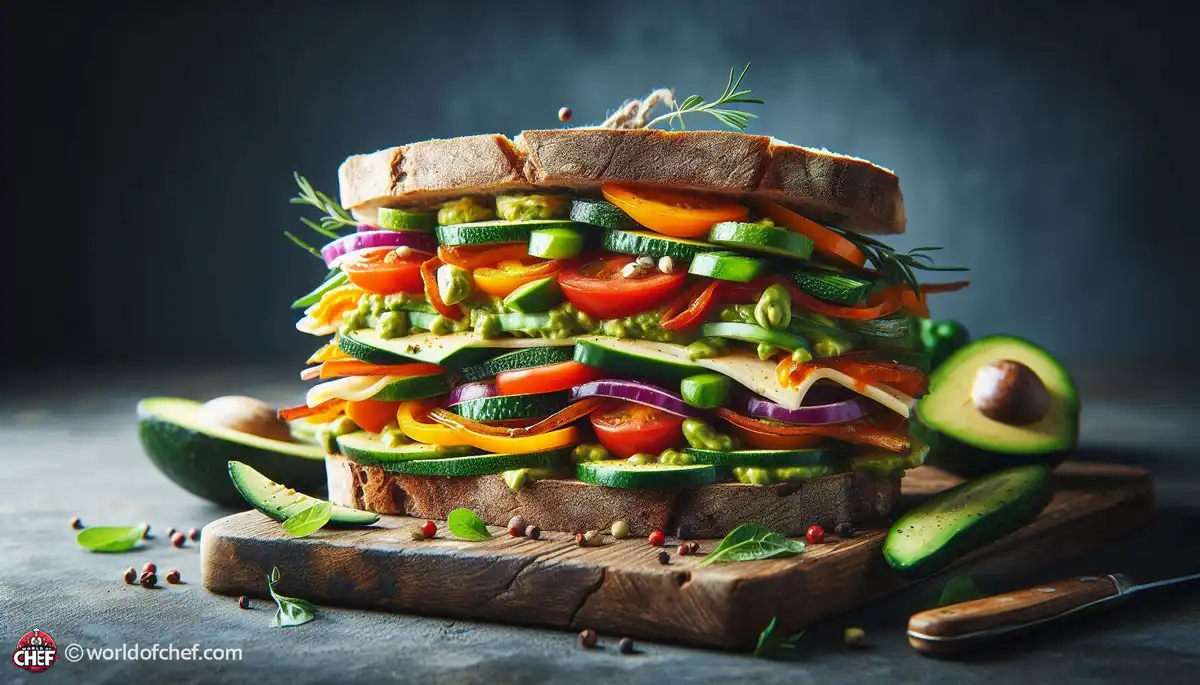
Juan Welborn - Oct 6, 2024 - 7 min read
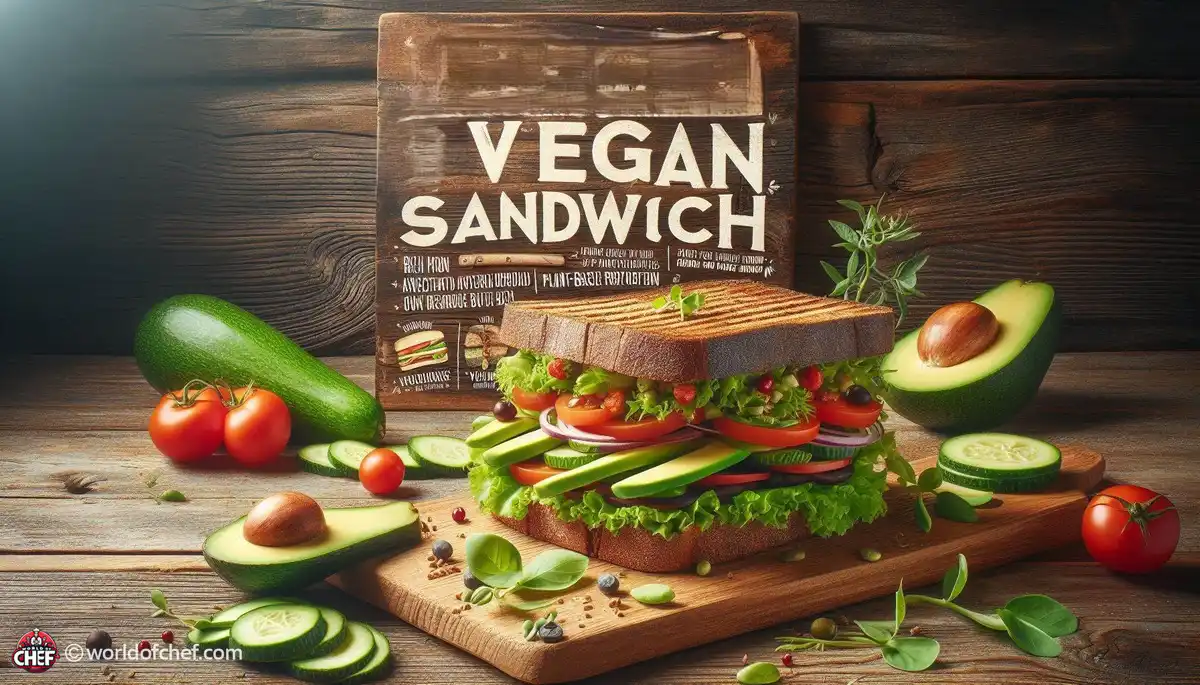
Nathaniel Hannan - Oct 5, 2024 - 6 min read
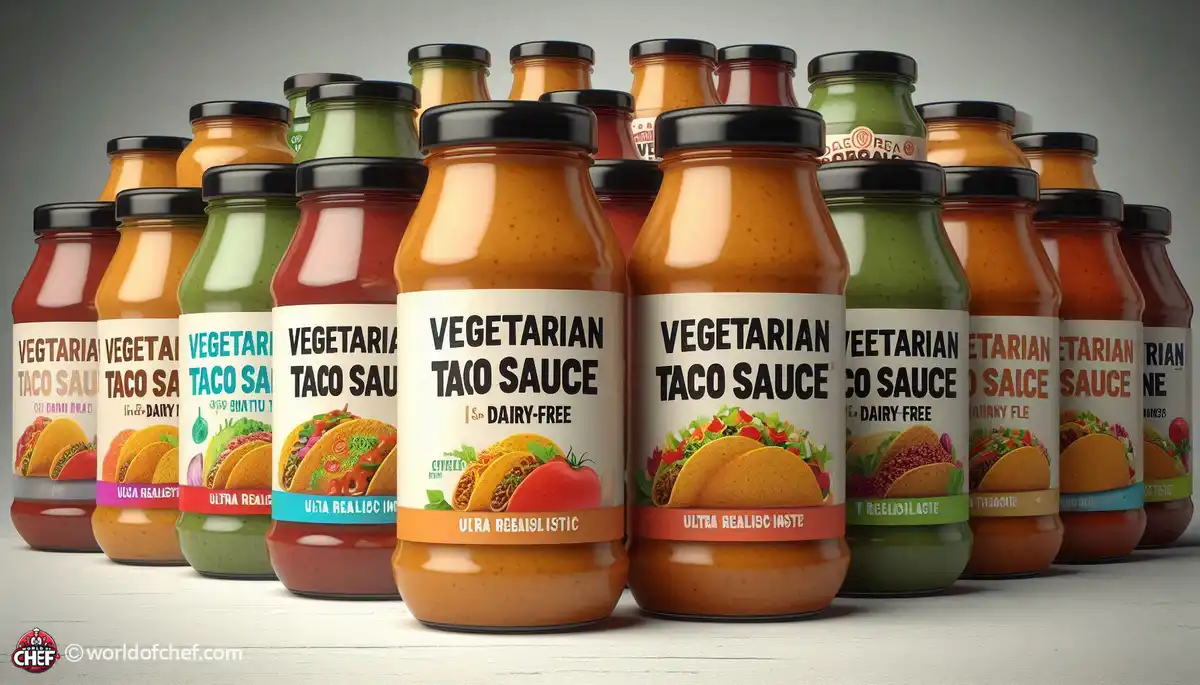
Rebecca Bunker - Oct 5, 2024 - 6 min read